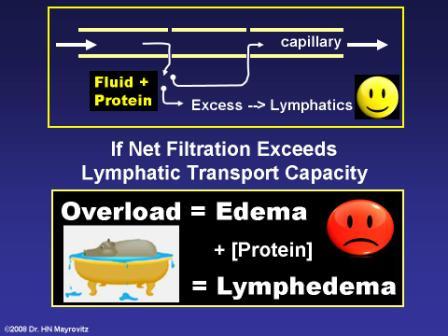
| Bioimpedance This change in electrical resistance, associated with changes in tissue water, forms the primary basis for use of the method called Bioimpedance in the assessment of lymphedematous limbs. Electrodes are strategically placed to measure limb electrical impedance (Cornish et al. 1999) using a sophisticated multifrequency approach (Cornish et al., 1996). Research indicates that this multifrequency method may be useful in unilateral and bilateral lymphedema (Cornish et al., 2002). A commercial device that uses a single frequency is currently available. This device is potentially useful for assessing limb lymphedema but is not useful to assess local changes in tissue water nor is it useful to assess changes in other body areas that are edematous or are at risk for developing lymphedema. A method suitable to determine local tissue water would be useful for this purpose.. |
| Tissue
Dielectric Constant There have been several approaches to develop a local tissue water assessment device that would satisfy the need to assess edema or lymphedema at any body site. One, that appears to have significant merit, is based on measurements of tissue dielectric constant (TDC), the value of which depends on the relative amount of water contained within the tissue volume being measured. A commercial device is currently available and a number of recent research studies have been done demonstrating its utility. |